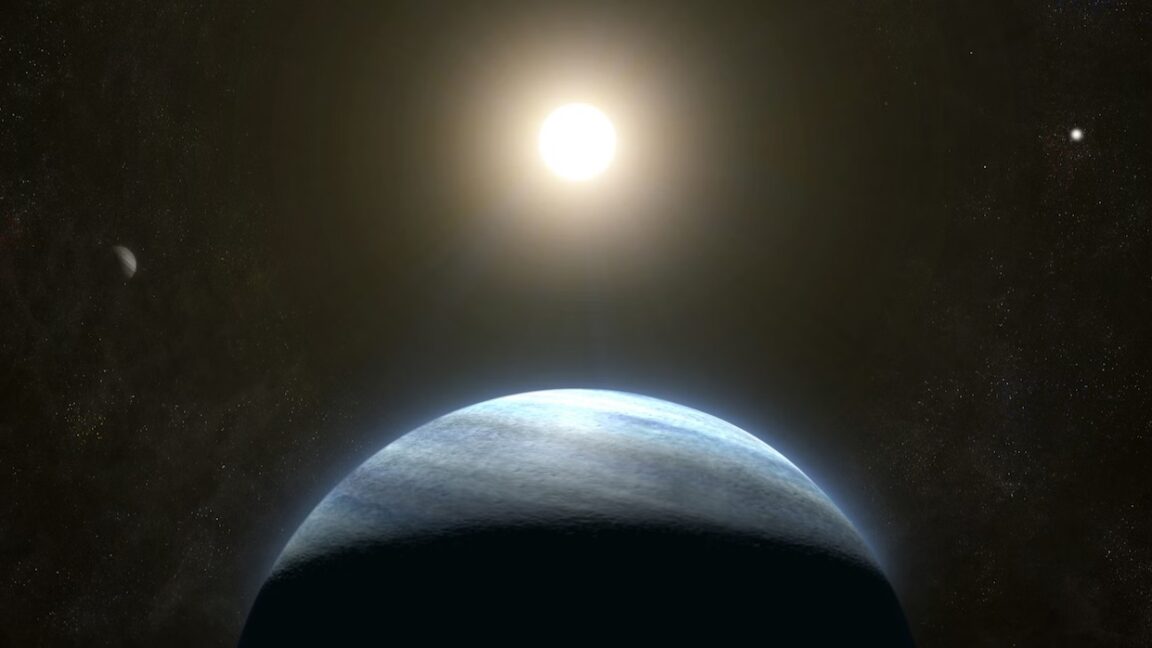Skepticism greets claims of a possible biosignature on a distant world
It's really difficult to get a clear sign of life on an exoplanet.

On Wednesday, news broke that researchers had found the most compelling evidence yet of a "biosignature"—a chemical present at levels that are only consistent with life—on a distant exoplanet. It didn't take much time for some less-than-reliable news sources to go from there to talk of a planet that "could be 'teeming with life'" and the obvious follow-up, "Scientists reveal what aliens could REALLY look like on exoplanet K2-18b."
Even in the best of circumstances, however, talk of a biosignature is an invitation to scientists to think of alternative chemistries that could explain the chemistry without needing biological activity. And these are not the best of circumstances, as astronomers are pointing to earlier papers that give a range of reasons to be skeptical of the new results; in fact, an astronomer named Chris Glein emailed me to alert me of potential issues the day before the news broke.
To help you understand the controversy, we're going to look at the data that is being presented as evidence of a biosignature and then go through all the reasons that confirming a biosignature is so difficult.














![31 Top Social Media Platforms in 2025 [+ Marketing Tips]](https://static.semrush.com/blog/uploads/media/0b/40/0b40fe7015c46ea017490203e239364a/most-popular-social-media-platforms.svg)

































































































































![[Webinar] AI Is Already Inside Your SaaS Stack — Learn How to Prevent the Next Silent Breach](https://blogger.googleusercontent.com/img/b/R29vZ2xl/AVvXsEiOWn65wd33dg2uO99NrtKbpYLfcepwOLidQDMls0HXKlA91k6HURluRA4WXgJRAZldEe1VReMQZyyYt1PgnoAn5JPpILsWlXIzmrBSs_TBoyPwO7hZrWouBg2-O3mdeoeSGY-l9_bsZB7vbpKjTSvG93zNytjxgTaMPqo9iq9Z5pGa05CJOs9uXpwHFT4/s1600/ai-cyber.jpg?#)









































![How to Find Low-Competition Keywords with Semrush [Super Easy]](https://static.semrush.com/blog/uploads/media/73/62/7362f16fb9e460b6d58ccc09b4a048b6/how-to-find-low-competition-keywords-sm.png)



